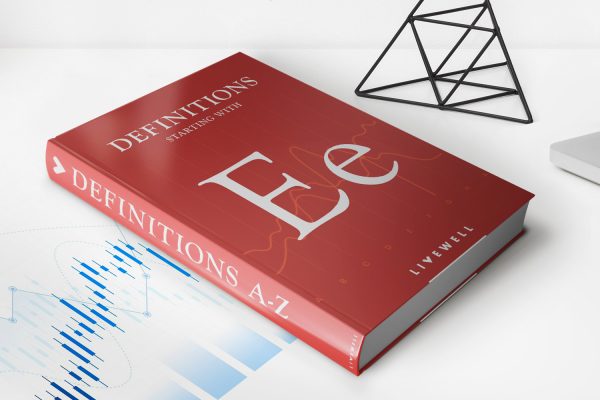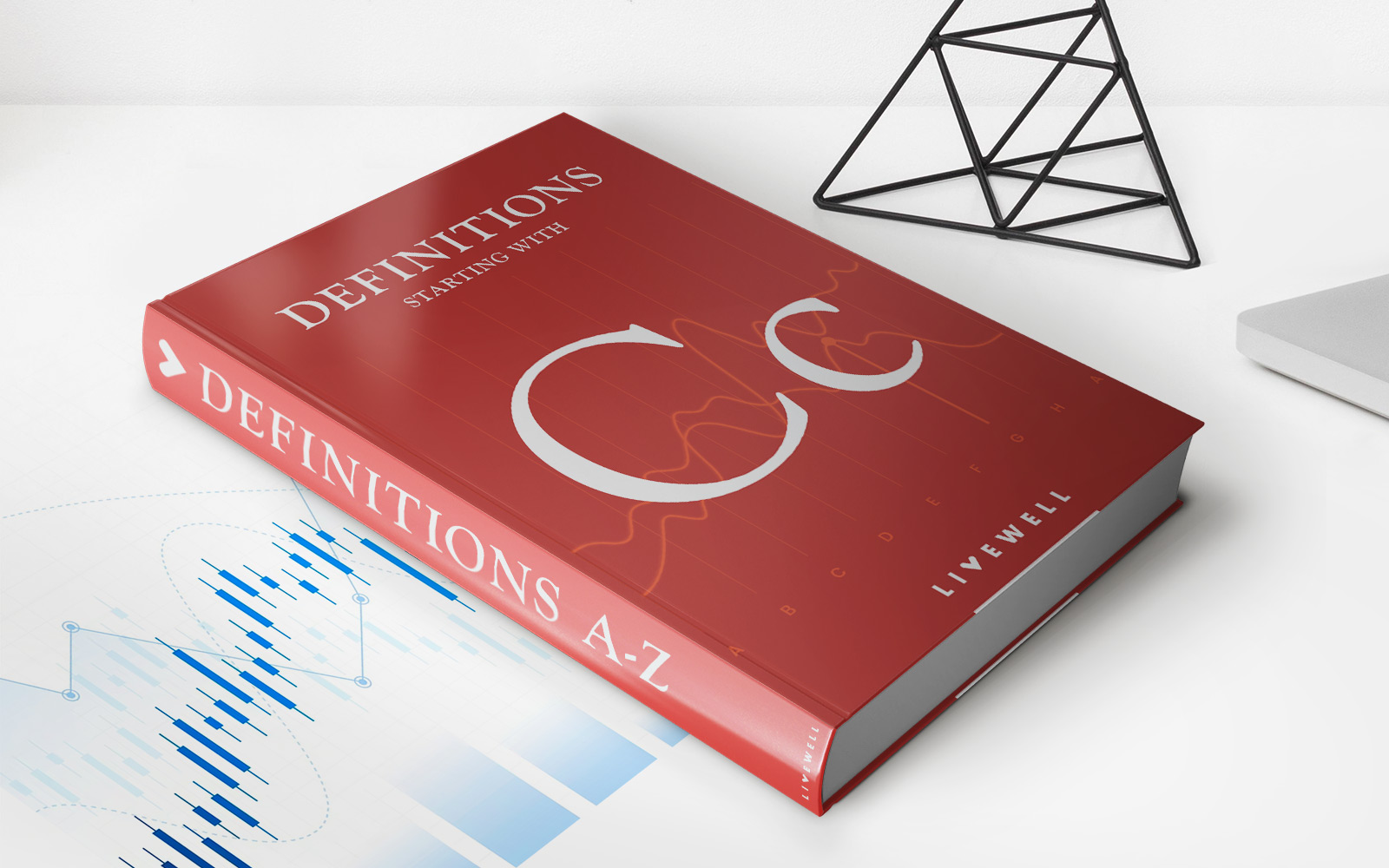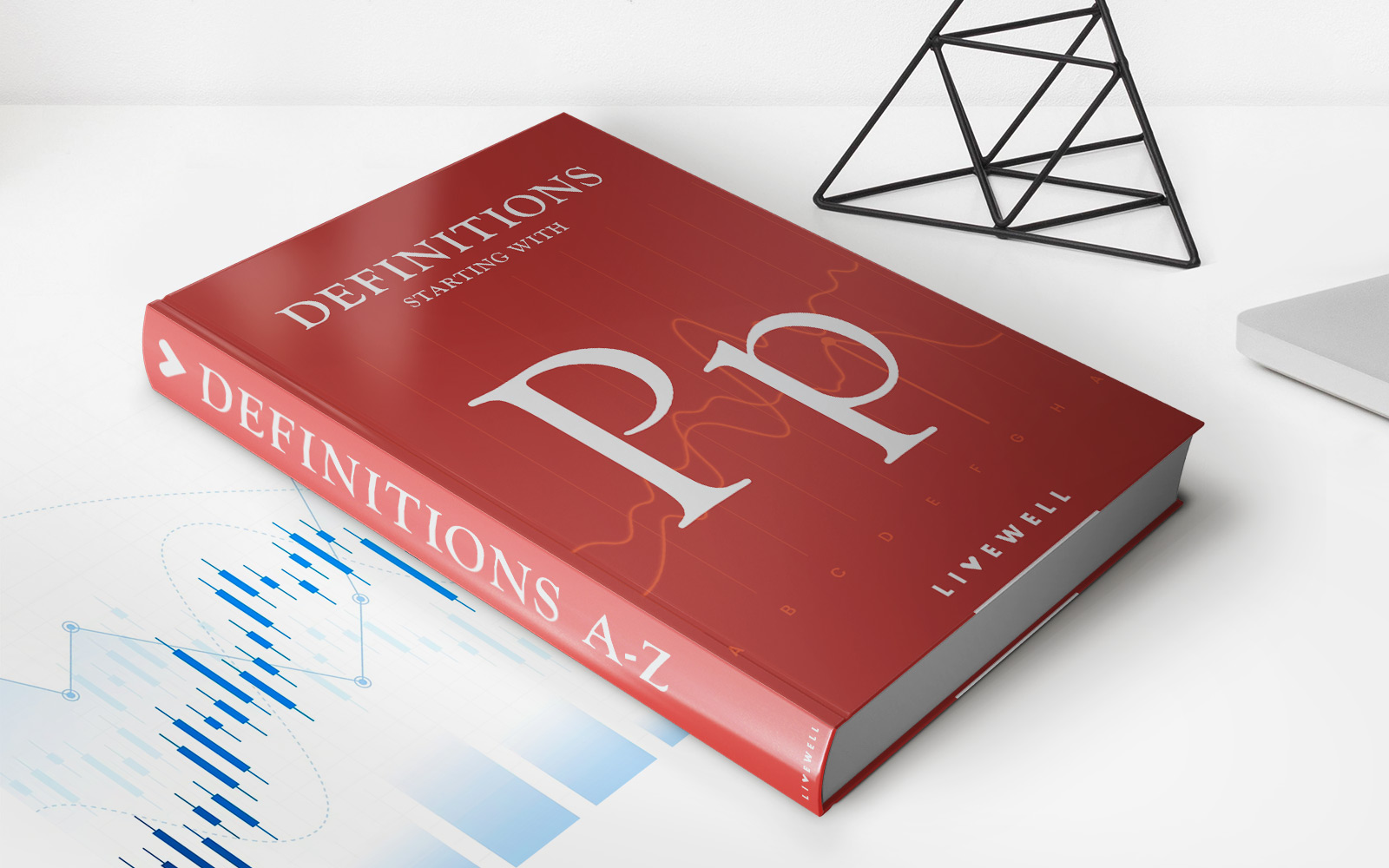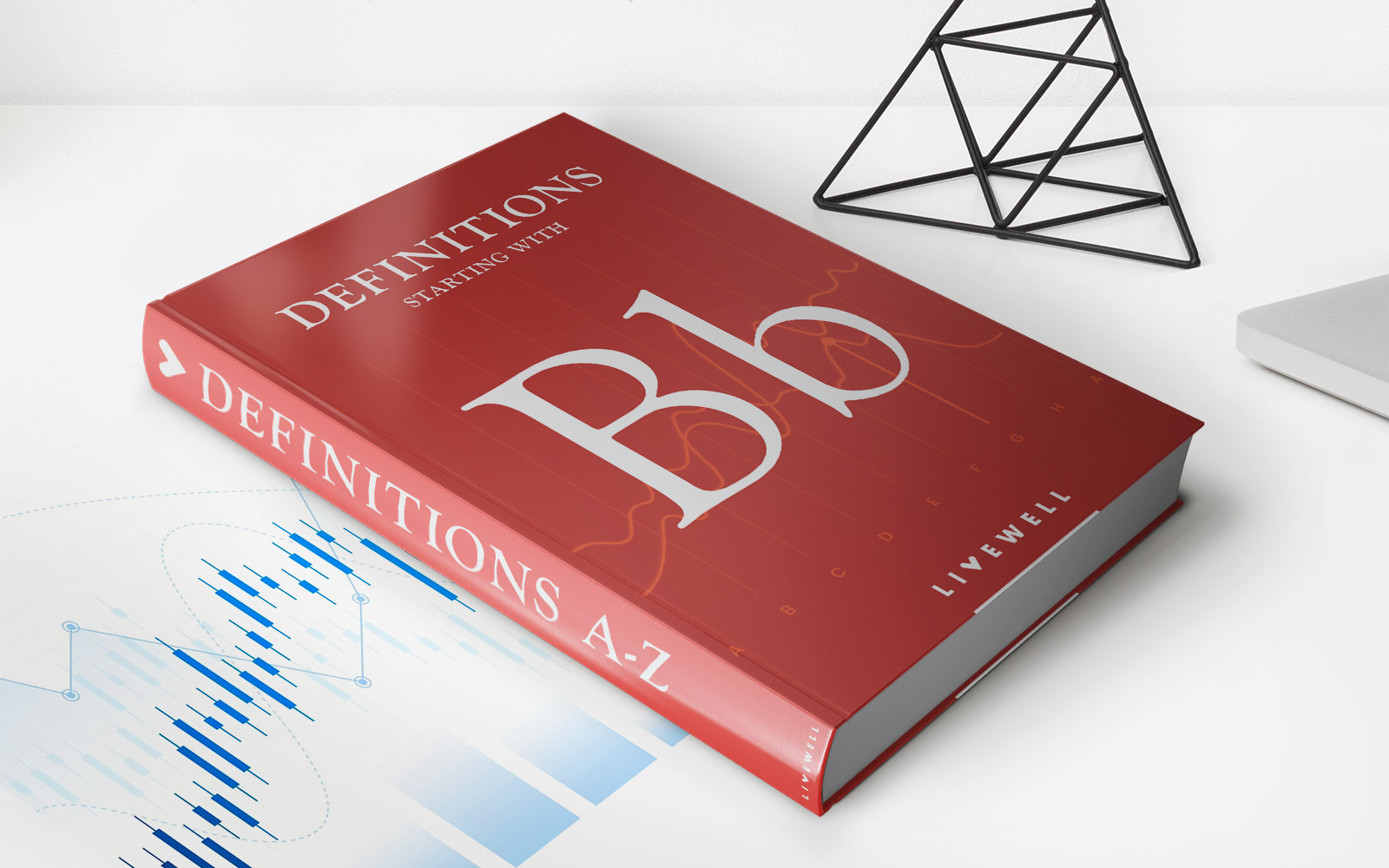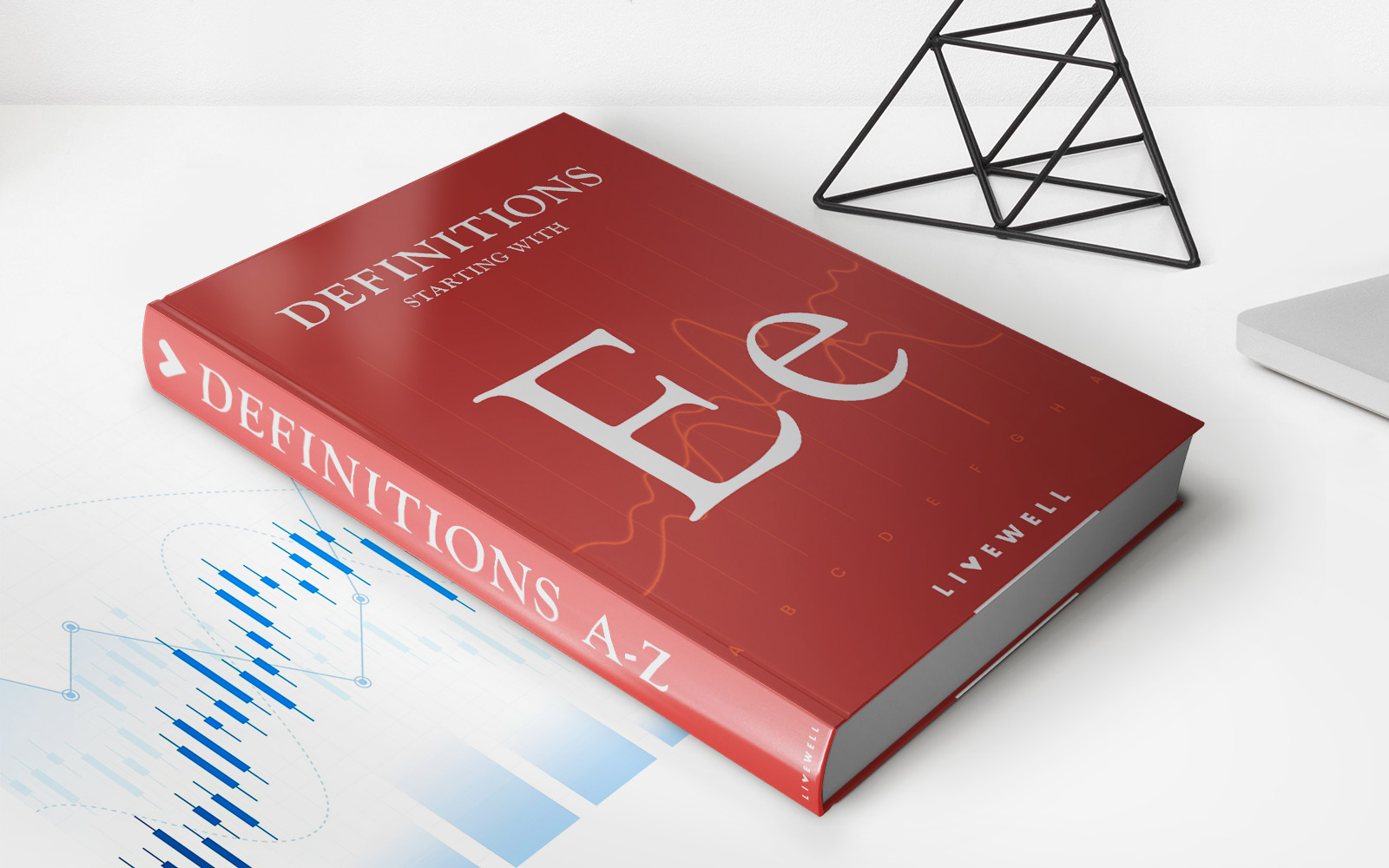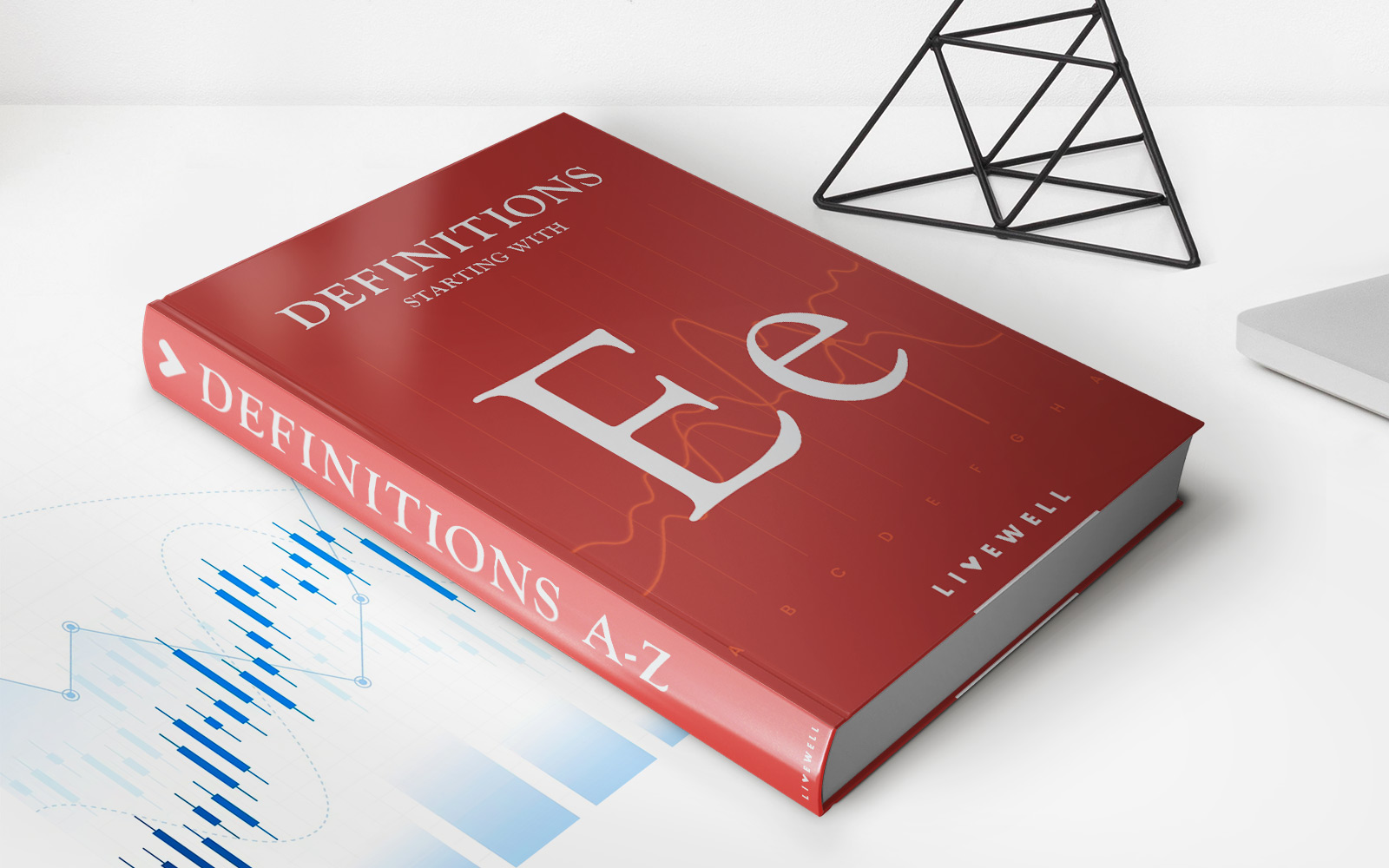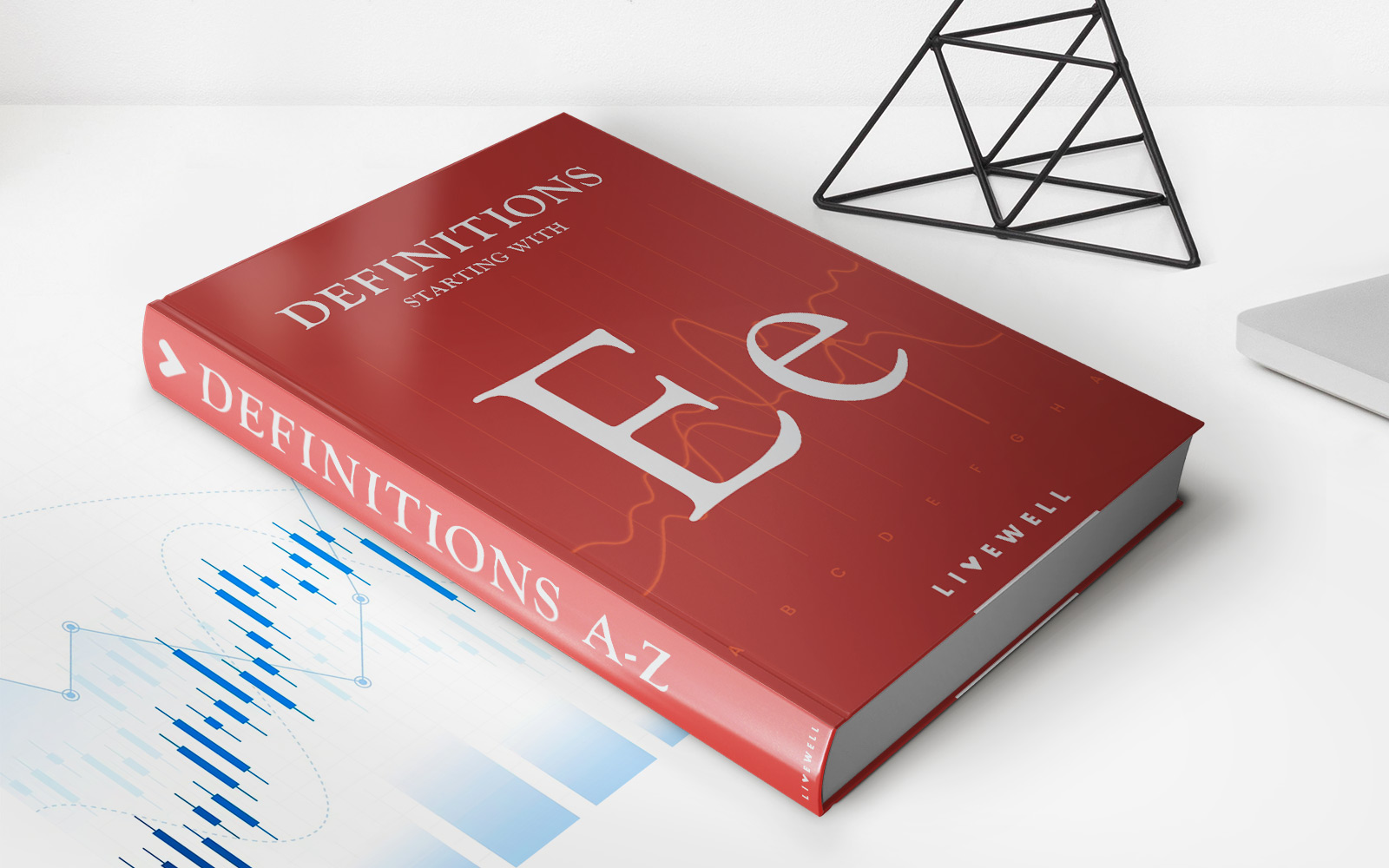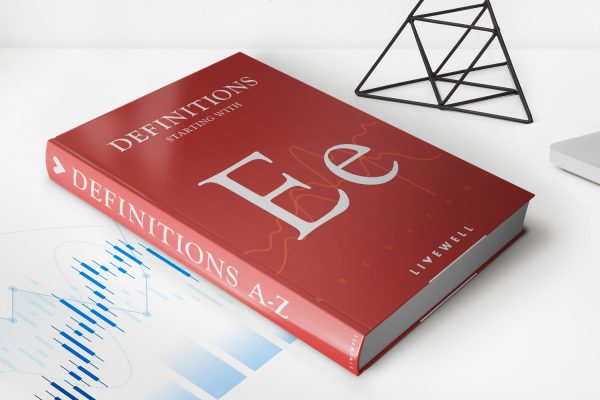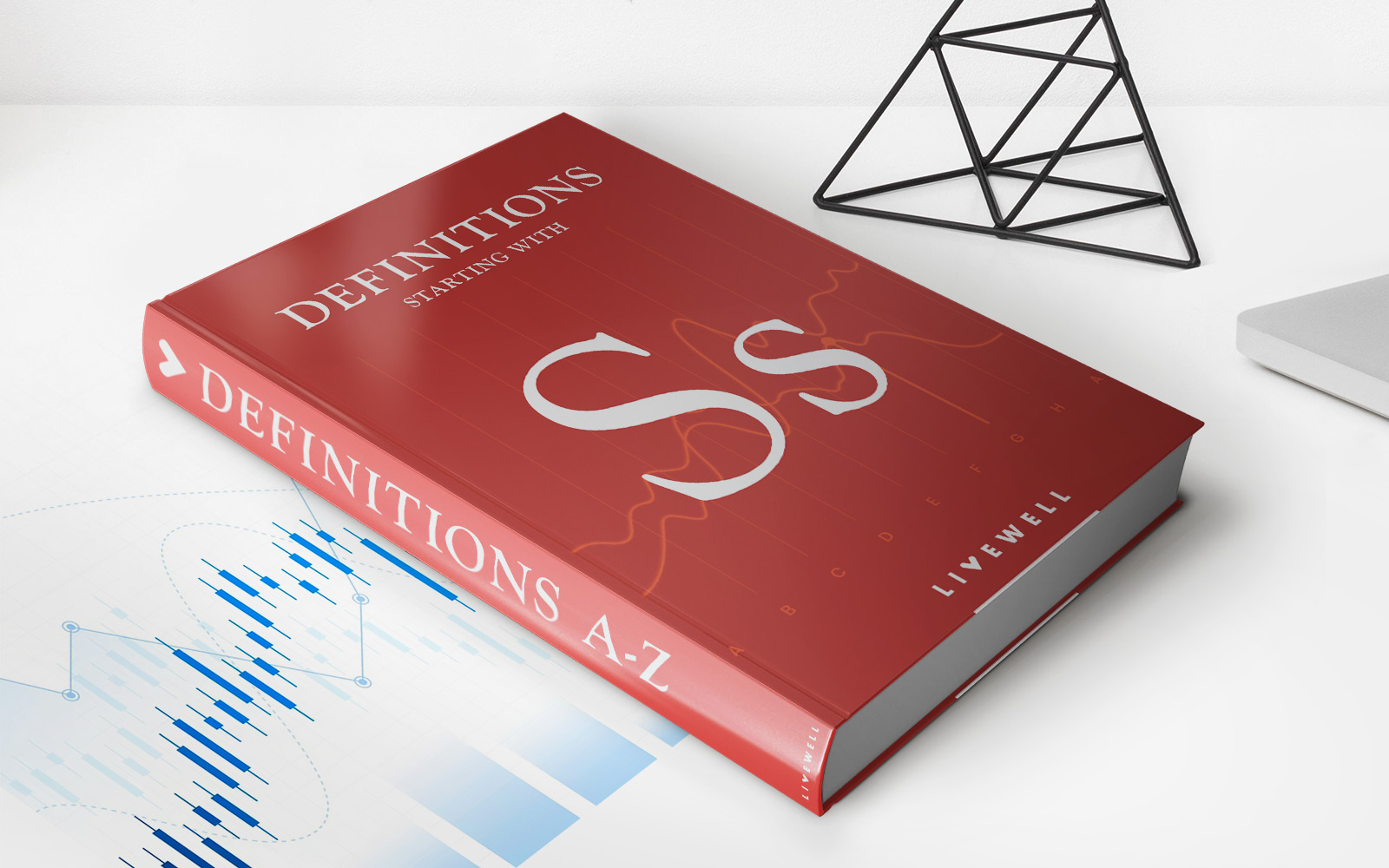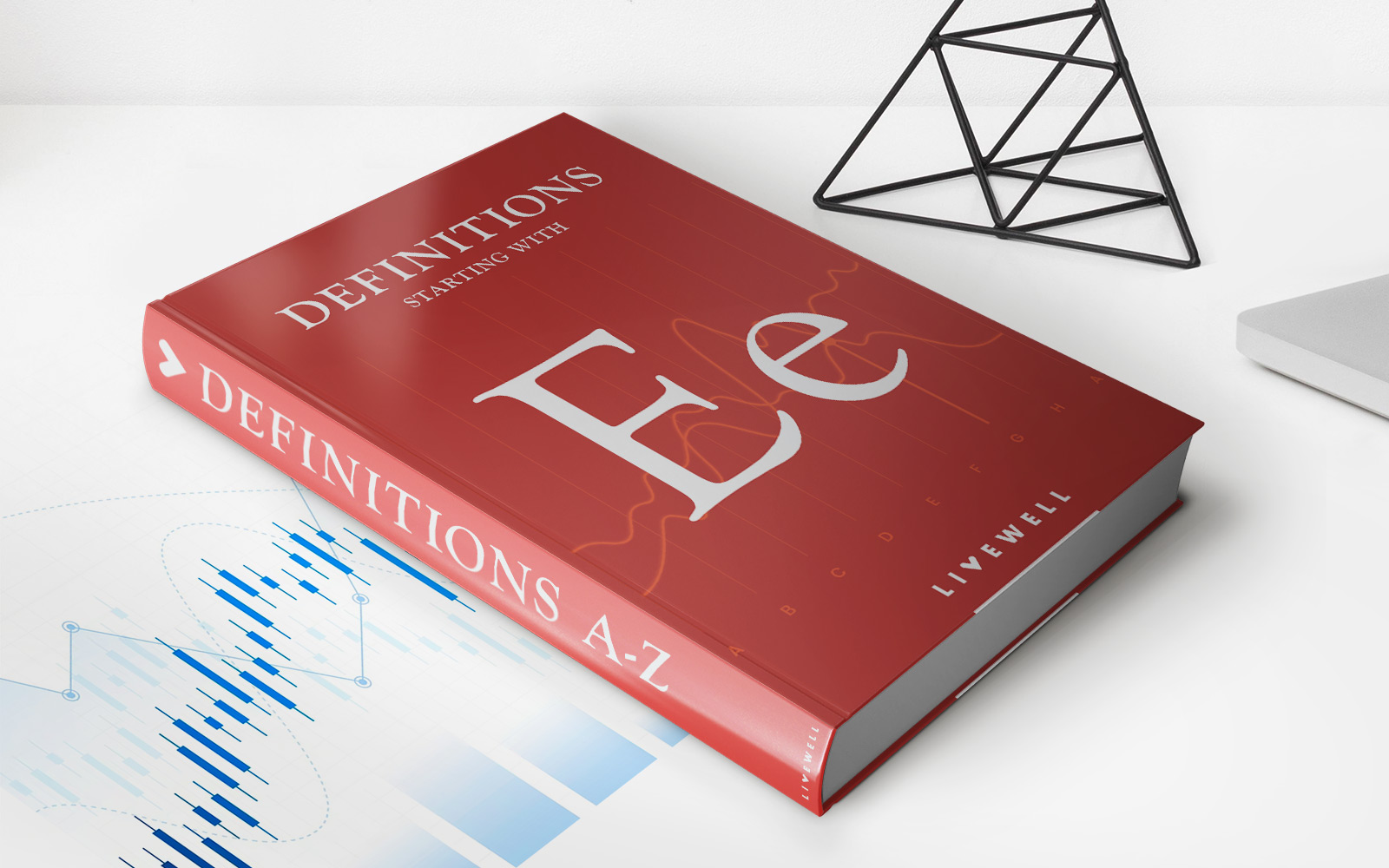

Finance
Electronic Check Presentment (ECP) Definition
Published: November 17, 2023
Discover the importance of Electronic Check Presentment (ECP) in the world of finance and how it streamlines payment processes, increasing efficiency and reducing costs.
(Many of the links in this article redirect to a specific reviewed product. Your purchase of these products through affiliate links helps to generate commission for LiveWell, at no extra cost. Learn more)
Understanding Electronic Check Presentment (ECP)
When it comes to managing finances, it’s essential to stay up to date with the latest technology and processes. One such advancement in the world of finance is electronic check presentment (ECP). In this blog post, we will delve into what ECP is, how it works, and its benefits.
Key Takeaways:
- Electronic check presentment (ECP) is a process that allows financial institutions to exchange electronic images and data of checks.
- ECP provides a faster, more efficient way to process checks compared to the traditional physical check processing method.
What is Electronic Check Presentment?
Electronic check presentment (ECP) is a method used by financial institutions to exchange electronic images and data of checks. This process eliminates the need for physical check transportation between banks, making it faster and more efficient. Instead of physically transporting the paper checks, banks use high-speed check scanners to capture the check’s image and convert it into an electronic form.
Once the check has been scanned, the electronic image and associated data are securely transmitted to the paying bank. The paying bank can then validate the check’s authenticity, verify the account balance, and process the payment accordingly. This digital exchange of checks significantly speeds up the check clearing process, allowing funds to move more quickly between accounts.
How Does Electronic Check Presentment Work?
Now that we know what ECP is let’s dive a little deeper into how it works. Here is a step-by-step breakdown:
- A customer or business writes a paper check as a payment for goods or services.
- The payee organization (such as a business or financial institution) receives the check and deposits it into their bank account.
- The payee bank scans the check using a high-speed check scanner, capturing its image and converting it into an electronic format.
- The electronic check image, along with associated data, is encrypted and securely transmitted to the paying bank.
- The paying bank receives the electronic check image and data, validates the check’s authenticity, verifies the account balance, and processes the payment.
- If there are sufficient funds in the payer’s account, the paying bank electronically moves the funds to the payee’s account.
- Both the payee and the payer receive electronic records of the transaction, eliminating the need for physical check return or storage.
The Benefits of Electronic Check Presentment
The adoption of electronic check presentment (ECP) brings various benefits to all parties involved, including payers, payees, and financial institutions. Here are some key advantages:
- Speed: ECP significantly speeds up the check clearing process, reducing the time it takes for funds to become available in the payee’s account. This acceleration is particularly beneficial for businesses that rely on timely payments to maintain cash flow.
- Efficiency: With ECP, there is no need for physical check transportation, which eliminates the risk of losses, damages, or delays associated with paper checks. Additionally, the automation of the check processing reduces manual errors and streamlines the overall payment reconciliation process.
- Cost Savings: Electronic check presentment reduces the costs associated with physical check processing, including transportation, storage, and manual labor required for sorting and handling checks. It also minimizes the need for paper supplies.
- Security: ECP enhances the security of the check payment system by reducing the risk of check fraud. Electronic checks provide traceable digital records, making it easier to detect and investigate any suspicious activities.
In conclusion, electronic check presentment (ECP) is a technological advancement that offers a faster, more efficient, and secure method of processing checks. By eliminating the need for physical transportation and automating the check clearing process, ECP provides numerous benefits for individuals, businesses, and financial institutions alike.
Stay tuned for more articles exploring the world of finance and the latest trends and technologies that can help you better manage your money!
